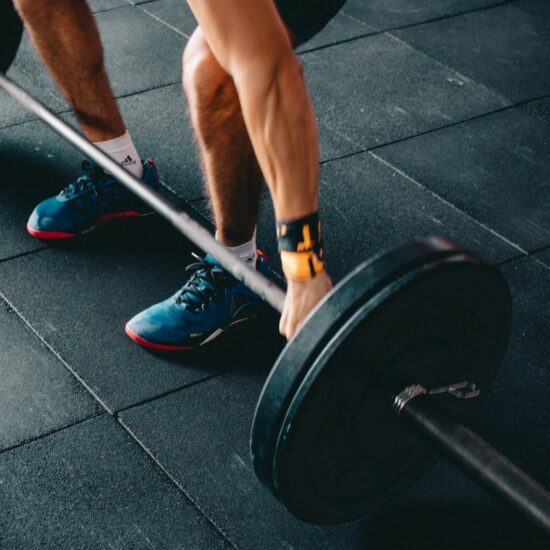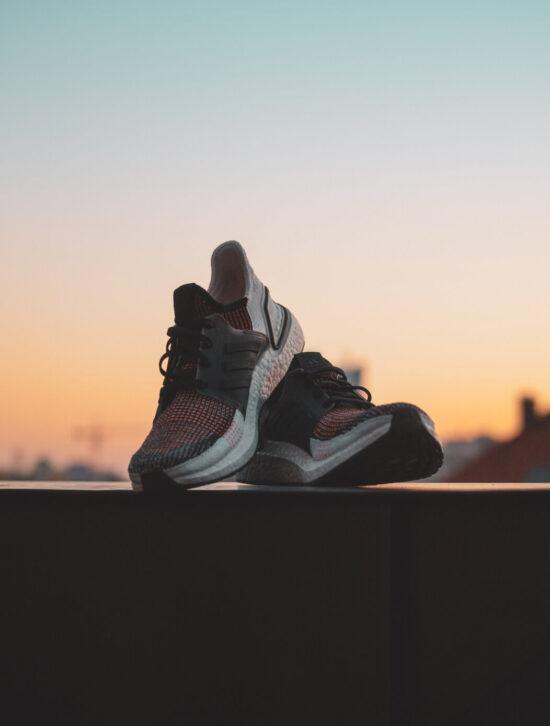Physical fitness is a state of health and well-being and, more specifically, the ability to perform aspects of sports, occupations and daily activities. Physical fitness is generally achieved through proper nutrition, moderate-vigorous physical exercise, and sufficient rest.
Before the Industrial Revolution, fitness was defined as the capacity to carry out the day’s activities without undue fatigue or lethargy. However, with automation and changes in lifestyles, physical fitness is now considered a measure of the body’s ability to function efficiently and effectively in work and leisure activities, to be healthy, to resist hypokinetic diseases, and to meet emergency situations. Fitness is defined as the quality or state of being fit and healthy. Around 1950, perhaps consistent with the Industrial Revolution and the treatise of World War II, the term “fitness” increased in western vernacular by a factor of ten.

The modern definition of fitness describes either a person or machine’s ability to perform a specific function or a holistic definition of human adaptability to cope with various situations. This has led to an interrelation of human fitness and Physical attractiveness that has mobilized global fitness and fitness equipment industries. Regarding specific function, fitness is attributed to persons who possess significant aerobic or anaerobic ability (i.e., endurance or strength). A well-rounded fitness program improves a person in all aspects of fitness.
High-intensity interval training (HIIT) consists of repeated, short bursts of exercise, completed at a high level of intensity.
Developing research has demonstrated that many of the benefits of exercise are mediated through the role of skeletal muscle as an endocrine organ. That is, contracting muscles release multiple substances known as myokines, which promote the growth of new tissue, tissue repair, and various anti-inflammatory functions, which in turn reduce the risk of developing various inflammatory diseases.







